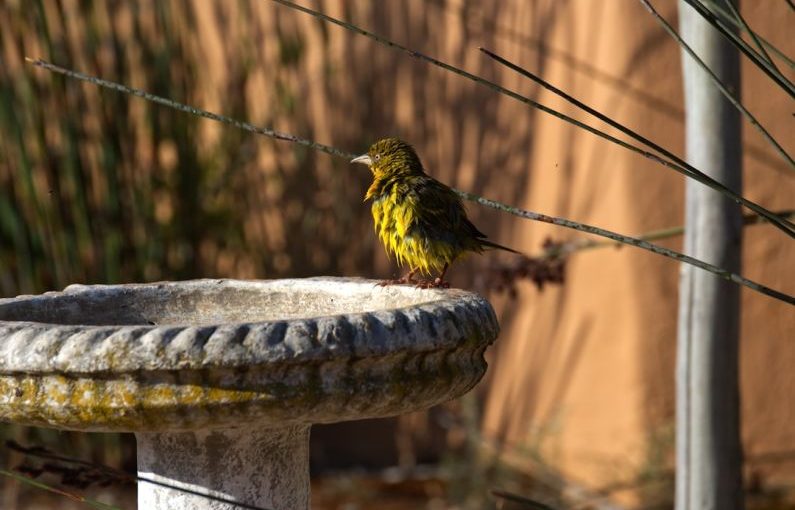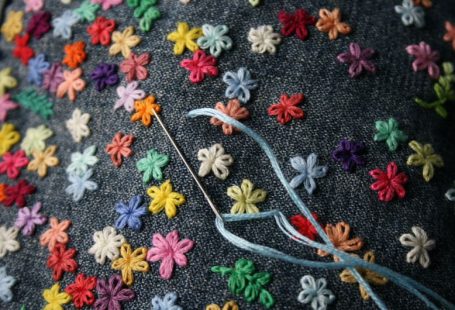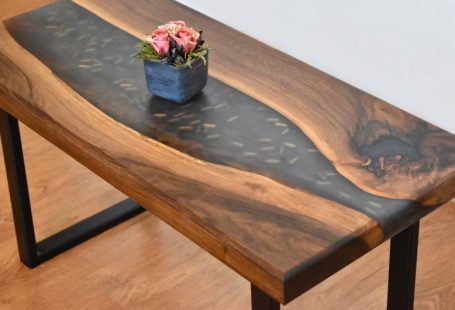Wood carving is a timeless craft that requires precision and attention to detail. To achieve the best results, it is crucial to keep your tools sharp and well-maintained. Properly sharpened tools not only make the carving process easier but also ensure clean cuts and better overall results. In this guide, we will explore the importance of sharpening wood carving tools and provide you with tips on how to do it effectively.
Understanding the Importance of Sharp Tools
Sharp tools are essential for wood carving because they allow you to make clean and precise cuts. Dull tools can tear the wood fibers, leading to rough surfaces and imprecise carvings. By keeping your tools sharp, you can achieve smoother cuts and finer details in your work. Additionally, sharp tools require less force to use, reducing the risk of slipping and potential injuries.
Choosing the Right Sharpening Tools
Before you start sharpening your wood carving tools, it is essential to have the right equipment on hand. The most common tools used for sharpening wood carving tools are sharpening stones, strops, and honing compound. Sharpening stones come in various grits, ranging from coarse to fine, and are used to remove nicks and reshape the cutting edge. Strops, on the other hand, are used to polish and refine the edge after using a sharpening stone. Honing compound can be applied to the strop to further refine the edge and achieve a razor-sharp finish.
Sharpening Process Step by Step
To sharpen your wood carving tools effectively, follow these steps:
Assess the Condition: Before sharpening, inspect the cutting edge of your tool for any nicks or damage. If there are significant nicks, start with a coarse sharpening stone to remove them.
Sharpening Angle: Each wood carving tool has a specific bevel angle that should be maintained during sharpening. Use a sharpening guide or a consistent angle to ensure that you sharpen the tool correctly.
Start with Coarse Grit: Begin sharpening with a coarse grit sharpening stone to remove any imperfections and reshape the cutting edge. Move the tool back and forth on the stone, maintaining a consistent angle.
Progress to Fine Grit: Once you have sharpened the tool with a coarse grit stone, switch to a finer grit stone to refine the edge further. Continue sharpening until you achieve a sharp and polished edge.
Strop the Edge: After sharpening on the stone, use a strop with honing compound to polish the edge and remove any burrs. Pull the tool across the strop in a smooth motion to refine the cutting edge.
Test the Sharpness: To ensure that your tool is adequately sharpened, test it on a piece of scrap wood. A sharp tool will cut through the wood smoothly and effortlessly.
Maintaining Sharpness
After sharpening your wood carving tools, it is essential to maintain their sharpness for optimal performance. To keep your tools sharp, regularly strop them with honing compound to maintain the edge. Additionally, avoid using excessive force when carving, as this can dull the edge more quickly. Store your tools in a dry and clean environment to prevent rust and damage to the cutting edge.
Fine-Tuning Your Sharpening Skills
Sharpening wood carving tools is a skill that improves with practice. Take your time to master the technique and pay attention to the details. With consistent practice and proper maintenance, you can keep your wood carving tools sharp and ready for any carving project that comes your way.
In conclusion, keeping your wood carving tools sharp is essential for achieving high-quality carvings. By following the proper sharpening process and maintaining your tools regularly, you can enjoy smoother cuts, finer details, and better overall results in your wood carving projects. Practice sharpening regularly, and soon you’ll become a master at keeping your tools razor-sharp.





